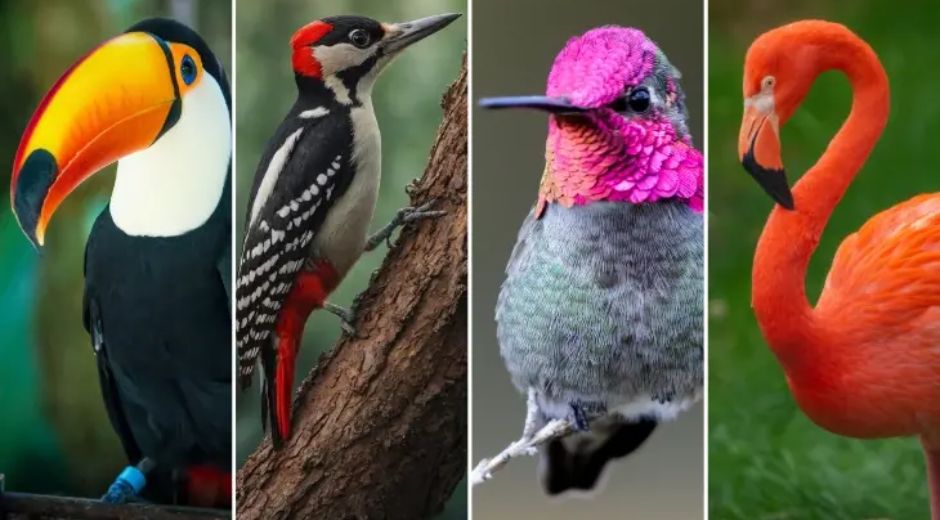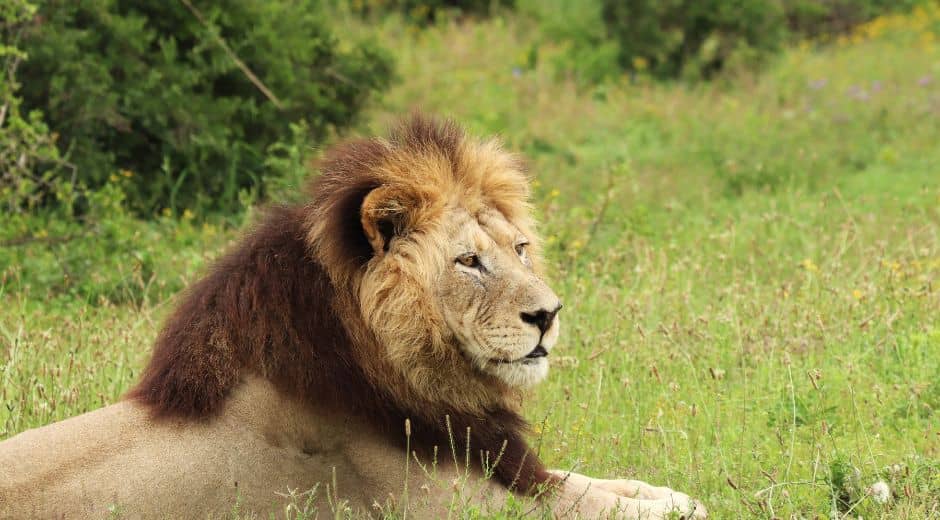Colorful Wings: The Secret Life of Tropical Birds
Colorful Wings: The Secret Life of Tropical Birds
The tropical rainforest is one of the most vibrant and diverse ecosystems on Earth, home to countless species that thrive among the dense foliage. Among these inhabitants, tropical birds stand out not only for their striking plumage but also for their fascinating behaviors, ecological roles, and incredible journeys. Understanding their lives sheds light on the delicate balance of jungle ecosystems and the importance of conservation efforts.
The Diversity of Tropical Birds
Across the globe, shelters are overflowing. Some animals are lost and never reclaimed, others are surrendered when owners move or can no longer care for them, and far too many are victims of neglect or irresponsible breeding. Choosing to adopt directly reduces the strain on shelters and saves animals from being euthanized due to lack of space or resources.
According to reports from National Geographic, global pet overpopulation remains one of the most pressing animal welfare issues. Millions of dogs and cats are born each year without homes, often struggling to survive in harsh conditions. Adoption gives these animals a second chance — not just to live, but to live well.
When you walk into a shelter, you’re not just picking a pet; you’re rewriting a story. You’re turning a chapter of fear into one of comfort, of uncertainty into hope.
Migratory Journeys and Wing Adaptations
Many tropical birds embark on long migratory journeys, often traveling thousands of miles between breeding and feeding grounds. Their wings are crucial to survival, providing the endurance needed for these epic journeys.
Species like the scarlet macaw, for example, use broad, powerful wings to soar above the canopy, conserving energy during long flights. Migratory patterns are influenced by seasonal changes, food availability, and climate conditions. These journeys also expose birds to threats such as habitat destruction and climate shifts, emphasizing the need for global conservation strategies.
By observing these movements, researchers can understand population dynamics, habitat preferences, and ecological interactions, insights often shared through resources like National Geographic Kids, which brings awareness to young audiences about the importance of protecting wildlife.
Colors, Communication, and Wings
The dazzling colors of tropical birds are not just for show. Plumage often communicates health, reproductive status, and species identity. The wings can also play a role in communication — flashes of bright feathers during flight can signal danger, attract mates, or establish territory.
Some birds have evolved specialized wing patterns to confuse predators or to blend into the environment while nesting. This combination of color and movement creates a living spectacle, showcasing the intricate design and adaptation of each species.
Ecological Roles of Tropical Birds
Tropical birds are vital players in forest ecosystems. Their diets vary widely, from nectar to seeds, insects, and small vertebrates. By feeding on fruits and dispersing seeds through their droppings, these birds facilitate the growth of diverse plant communities.
Insects eaten by birds help regulate pest populations, while birds that consume smaller animals help maintain balance within the food web. These interactions highlight the interconnectedness of life in the rainforest, where the fate of trees, insects, and other wildlife often depends on the survival of these colorful winged creatures.
For those interested in exploring more about biodiversity and species interactions, MuseaTime provides curated insights into nature and wildlife that inspire conservation awareness.
Threats to Tropical Birds and Their Wings
Despite their resilience, tropical birds face numerous threats. Habitat destruction due to deforestation, urbanization, and agriculture has reduced available nesting sites and feeding grounds. Many species are also affected by climate change, which alters food availability and migratory patterns.
Illegal wildlife trade poses another significant risk, especially for birds with striking plumage. Collectors often target these species, removing them from their natural habitats and disrupting ecological balance.
Conservation efforts aim to protect not only the forests but also the survival of the birds themselves. Programs that safeguard habitats, enforce anti-poaching laws, and educate local communities are essential to maintaining populations of tropical birds and their remarkable wings.
Birdwatching and Conservation Awareness
Birdwatching has become an important tool for conservation. By observing and documenting tropical birds, enthusiasts and scientists gather data that helps protect species and their habitats. The flap of wings, flight patterns, and behaviors provide clues about environmental health and biodiversity trends.
Guided tours, citizen science projects, and educational platforms like Zoopora Wildlife Conservation engage the public in understanding and protecting these species. Each observation contributes to broader knowledge about the survival challenges tropical birds face.
The Science Behind Wing Mechanics
The mechanics of a bird’s wings are a marvel of nature. Variations in wing shape, size, and flexibility determine flight style, speed, and maneuverability. Birds that glide long distances have long, narrow wings to conserve energy, while species that navigate dense forests have shorter, rounded wings for agile turns.
Understanding wing mechanics is not just academically interesting — it has practical applications in biomimicry, where scientists study bird flight to inspire innovations in drones and aviation technology.
Tropical Birds and Ecosystem Health
The health of tropical bird populations is a direct indicator of ecosystem integrity. Declines in bird numbers often signal environmental stressors such as deforestation, pollution, or climate change. Protecting their habitats ensures that the rainforest remains vibrant and resilient.
Community-based conservation projects empower local populations to protect birds and maintain ecological balance. Initiatives that combine education, sustainable tourism, and habitat restoration help secure a future for these species and the forests they inhabit.
The Joy of Observing Colorful Wings
Watching tropical birds in their natural habitats is an unforgettable experience. Their vibrant plumage, rhythmic calls, and graceful wings inspire wonder and appreciation for the natural world. Birdwatching also fosters a deeper understanding of ecological interactions, encouraging more people to participate in conservation efforts.
From tiny hummingbirds to majestic toucans, each bird contributes to the rainforest’s tapestry of life. Their wings carry not just them but the story of a thriving ecosystem that depends on every species playing its part.
Conclusion
Tropical birds with their colorful wings are more than a visual delight; they are essential to the health and balance of rainforest ecosystems. By understanding their lives, migration patterns, and ecological roles, we recognize the urgent need for conservation efforts.
Supporting wildlife organizations, visiting educational resources like National Geographic Kids and MuseaTime, and engaging with platforms like Zoopora Wildlife Conservation are ways to contribute.
Every flap of a bird’s wings reminds us of the intricate beauty and fragility of the rainforest, urging humanity to protect these habitats for generations to come.
Wildlife Behavior Curiosity

Training and Trust: Building a Stronger Bond with Your Pet
Discover why biodiversity is vital for ecosystems, climate balance, and human survival, and how conservation protects life’s intricate web.

Biodiversity: The Foundation of Earth’s Living Systems
Discover why biodiversity is vital for ecosystems, climate balance, and human survival, and how conservation protects life’s intricate web.

Adaptation: How Animals Evolve to Survive Changing Worlds
Explore how adaptation helps animals survive climate shifts, predators, and new environments, revealing nature’s incredible resilience.












